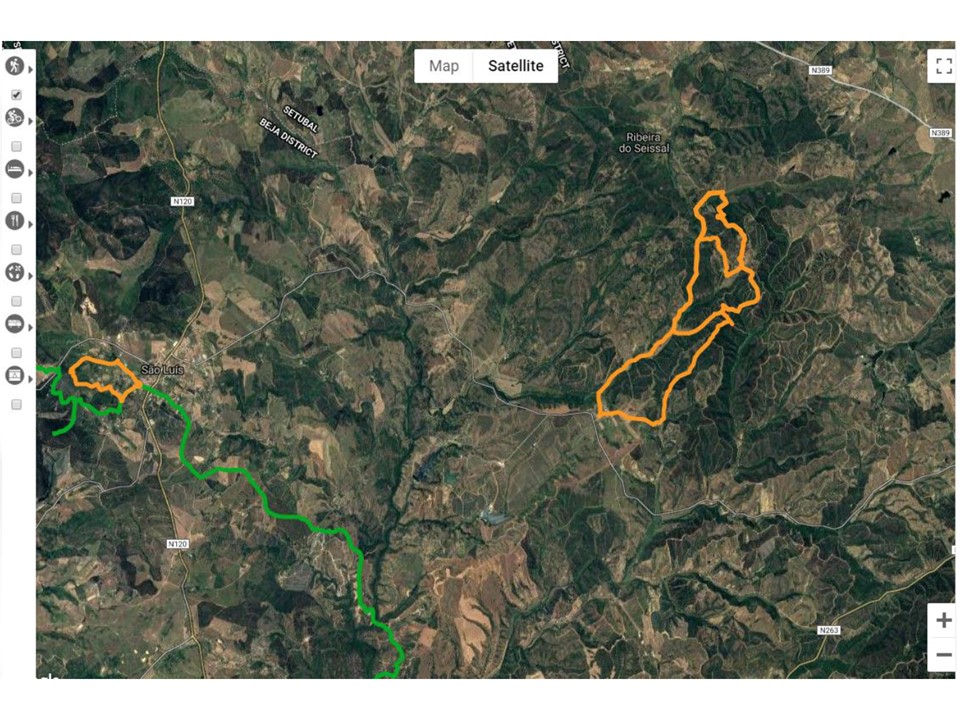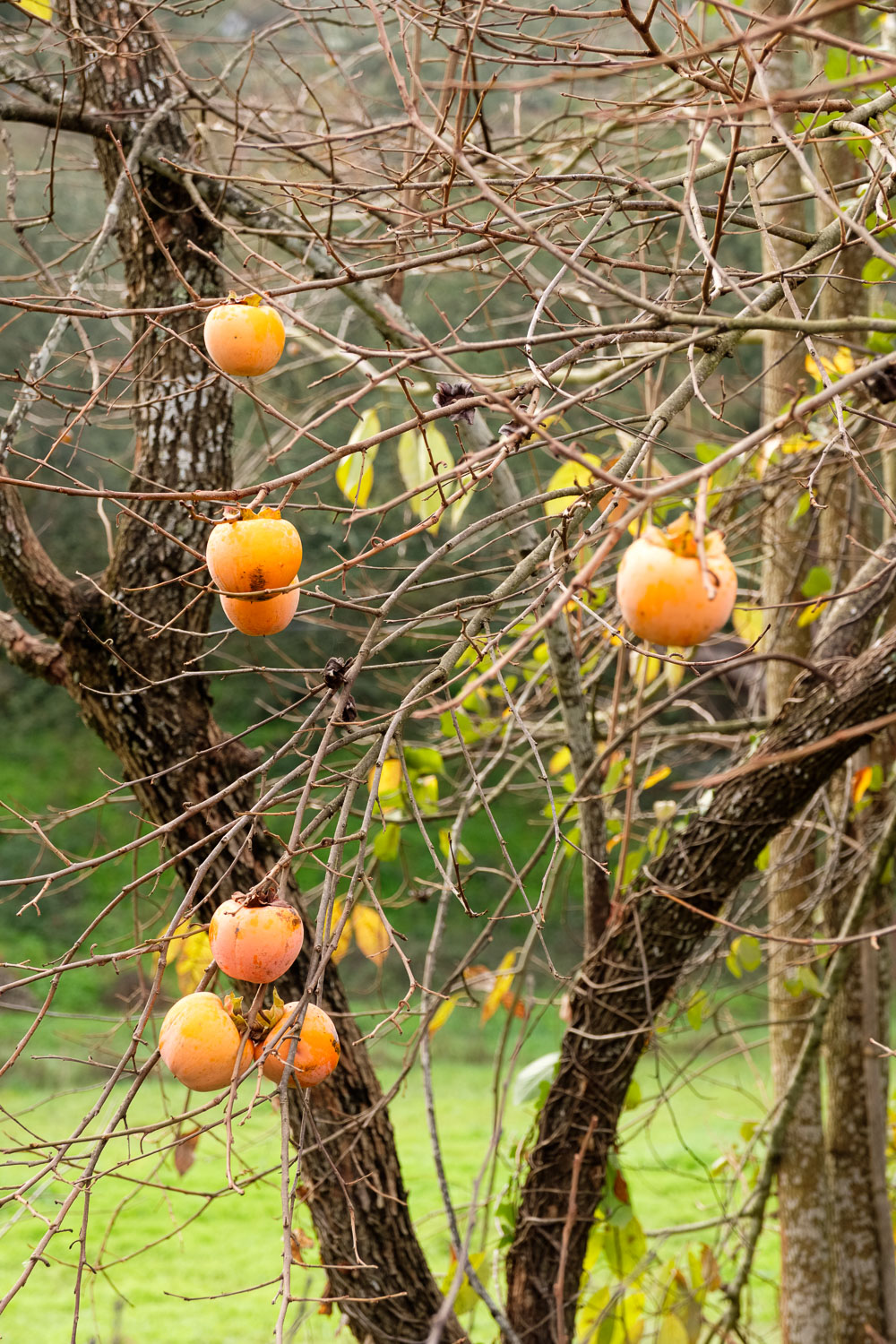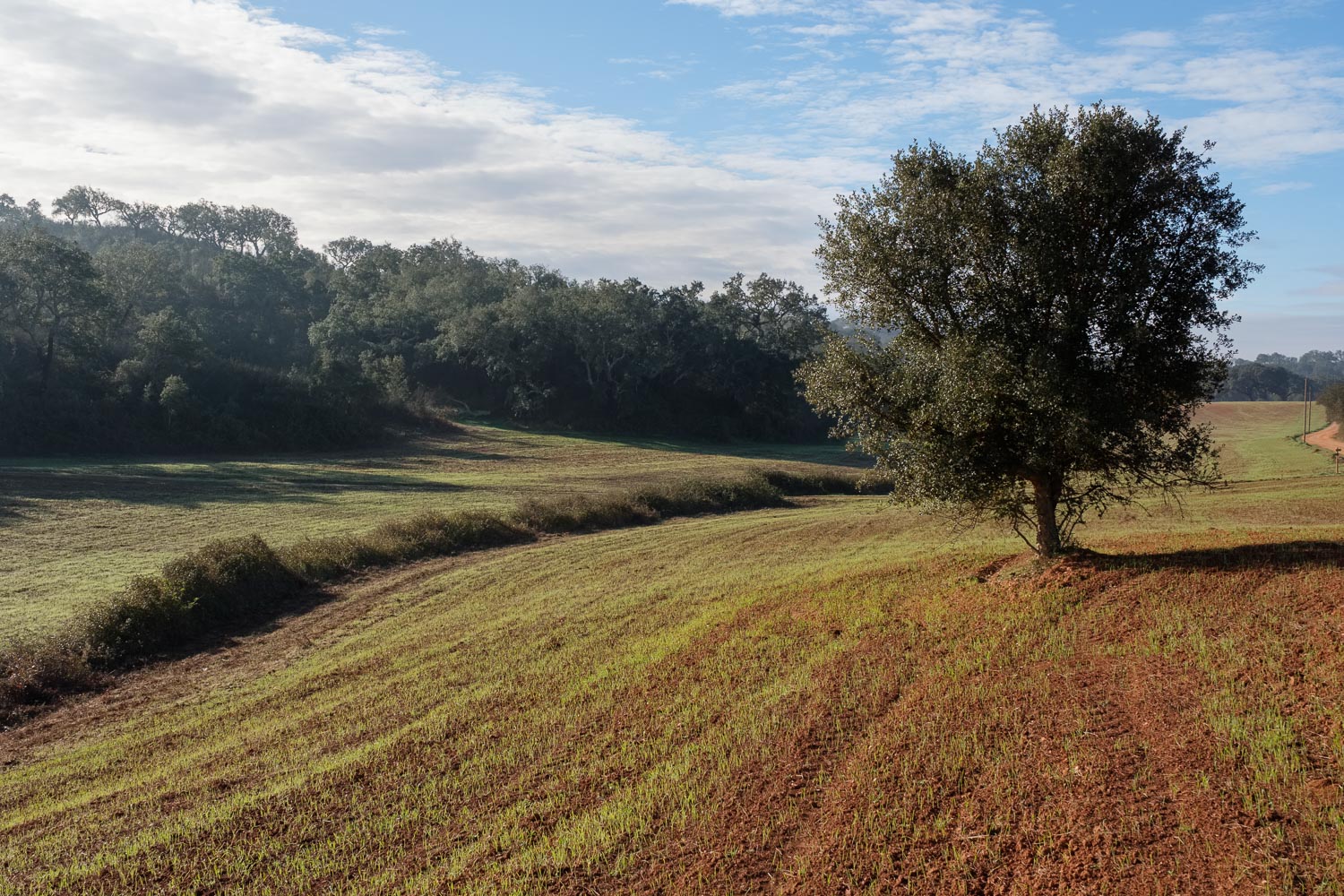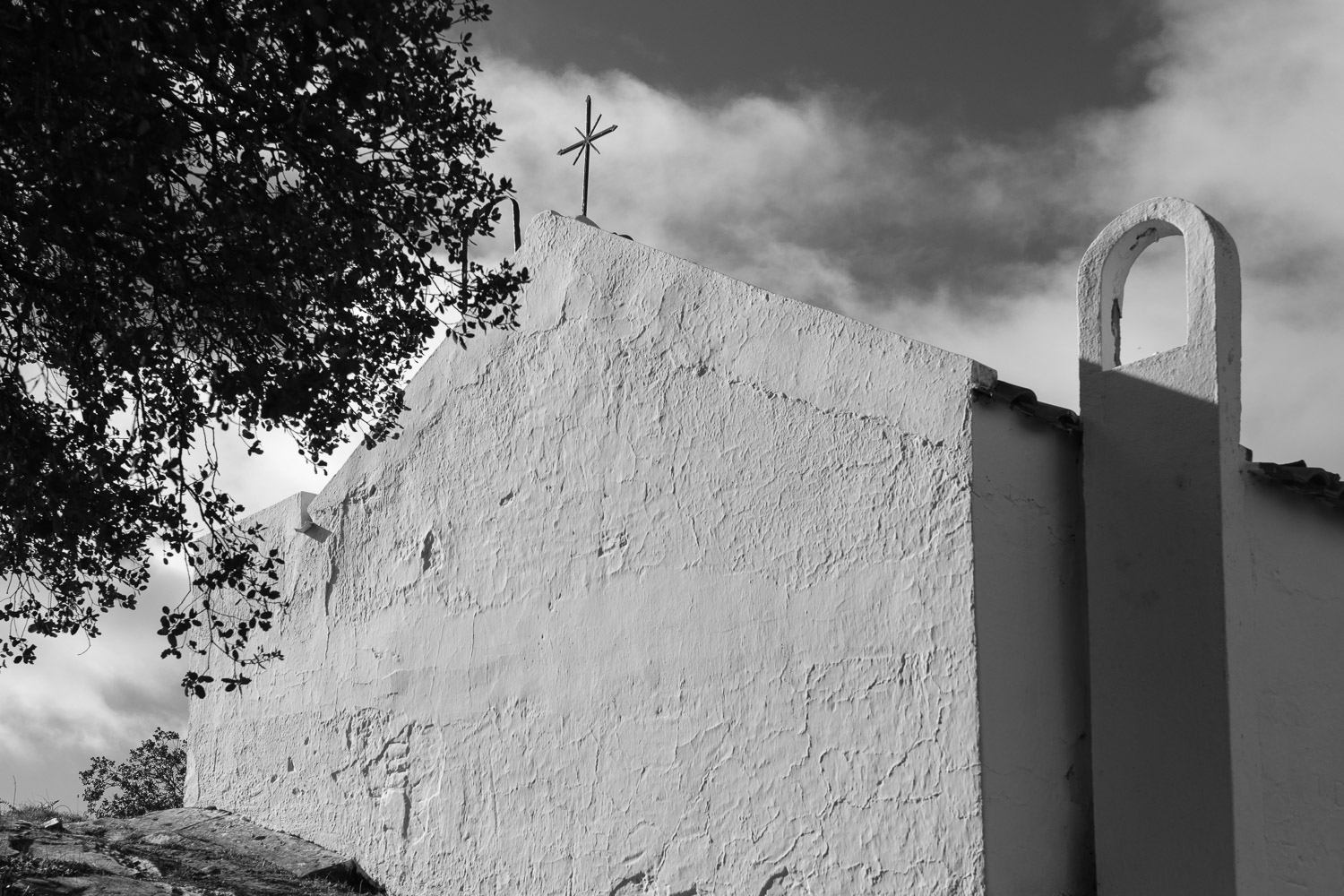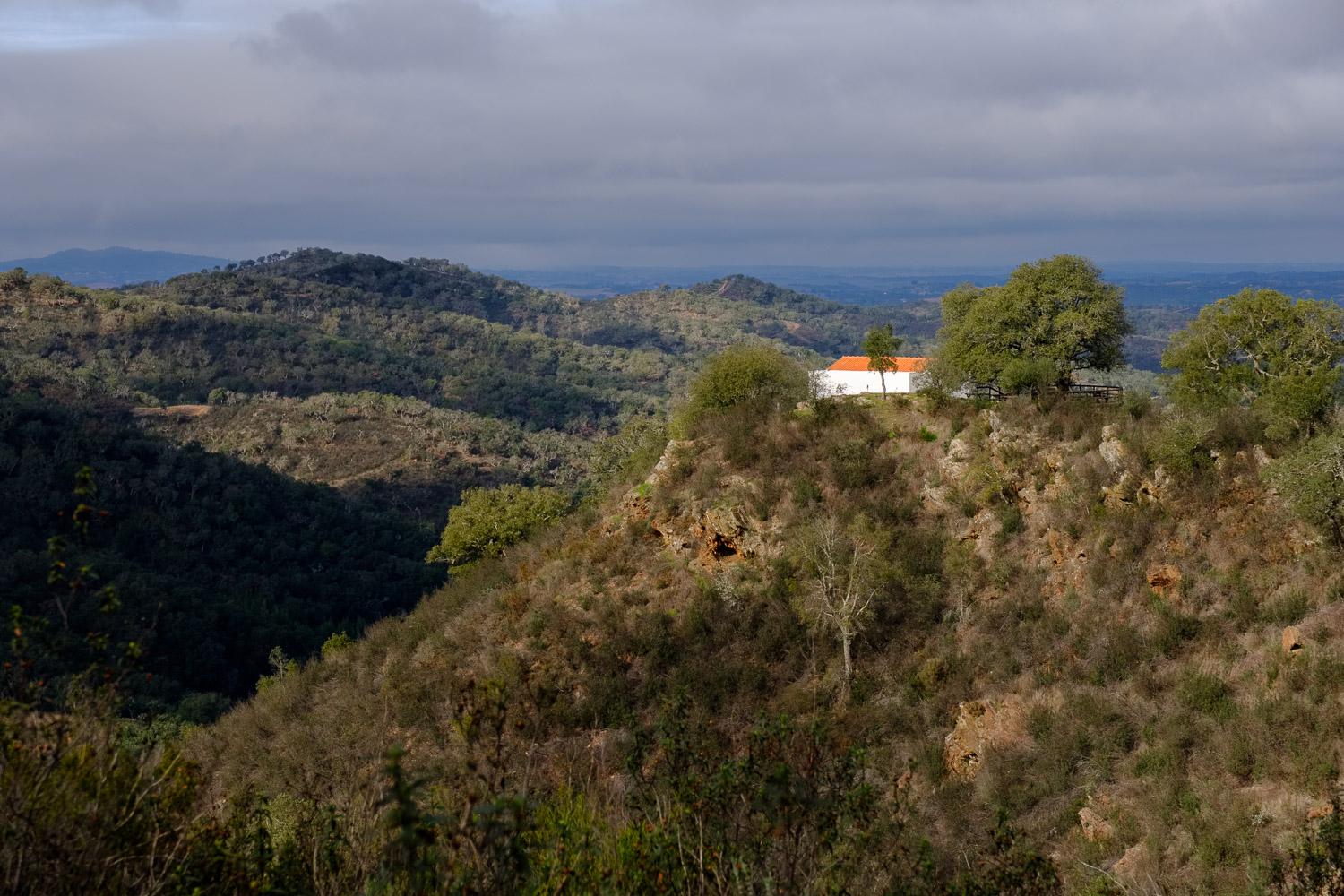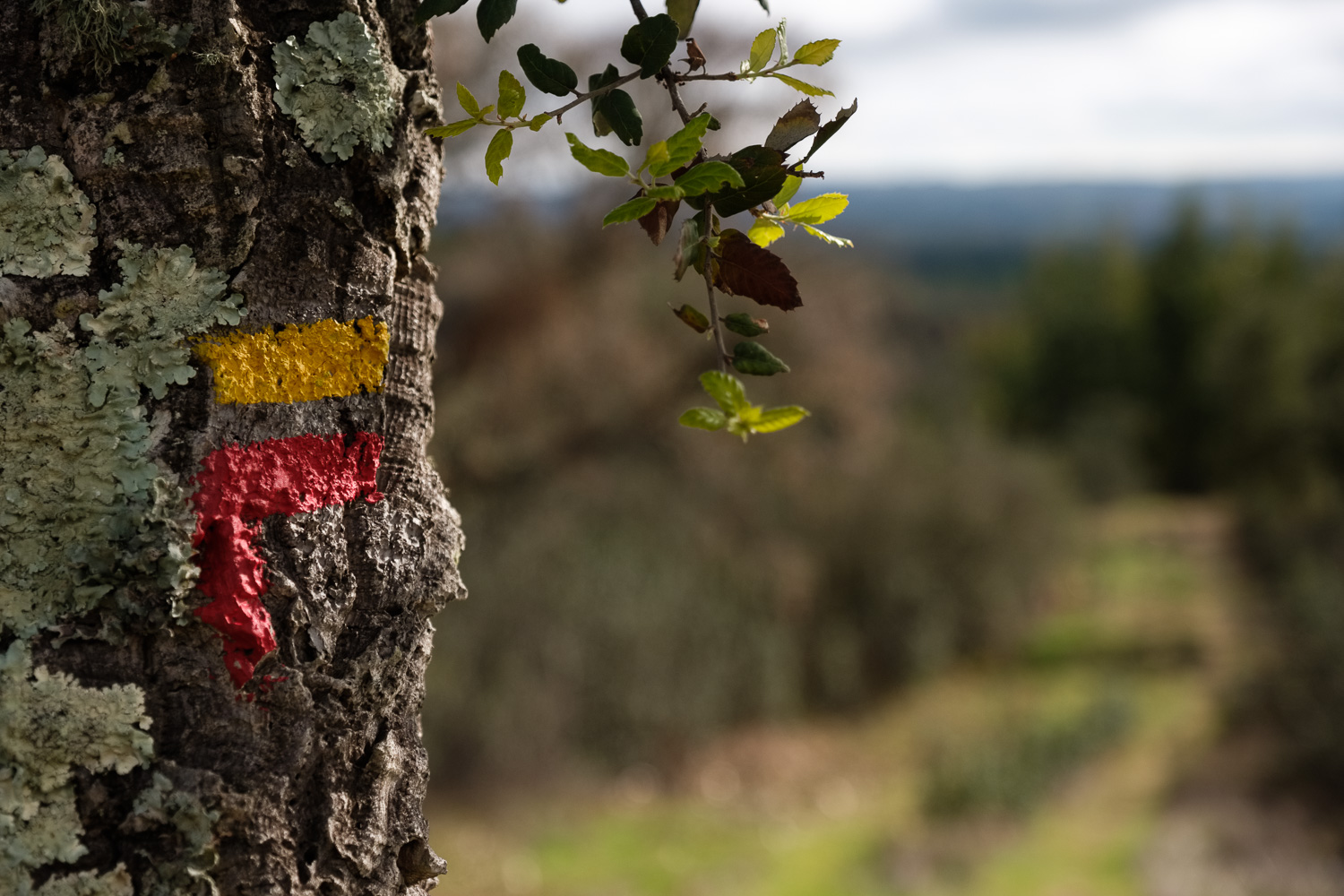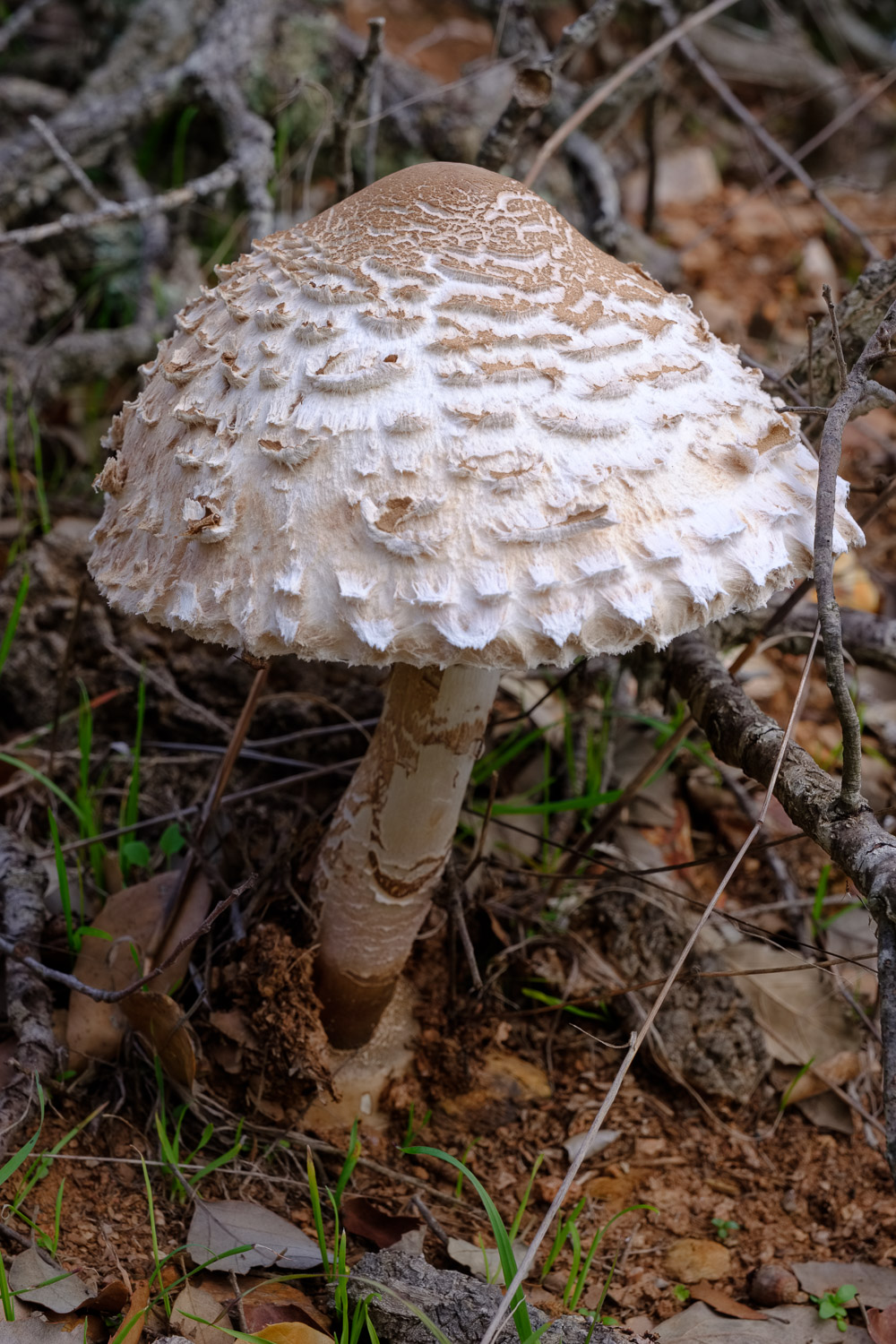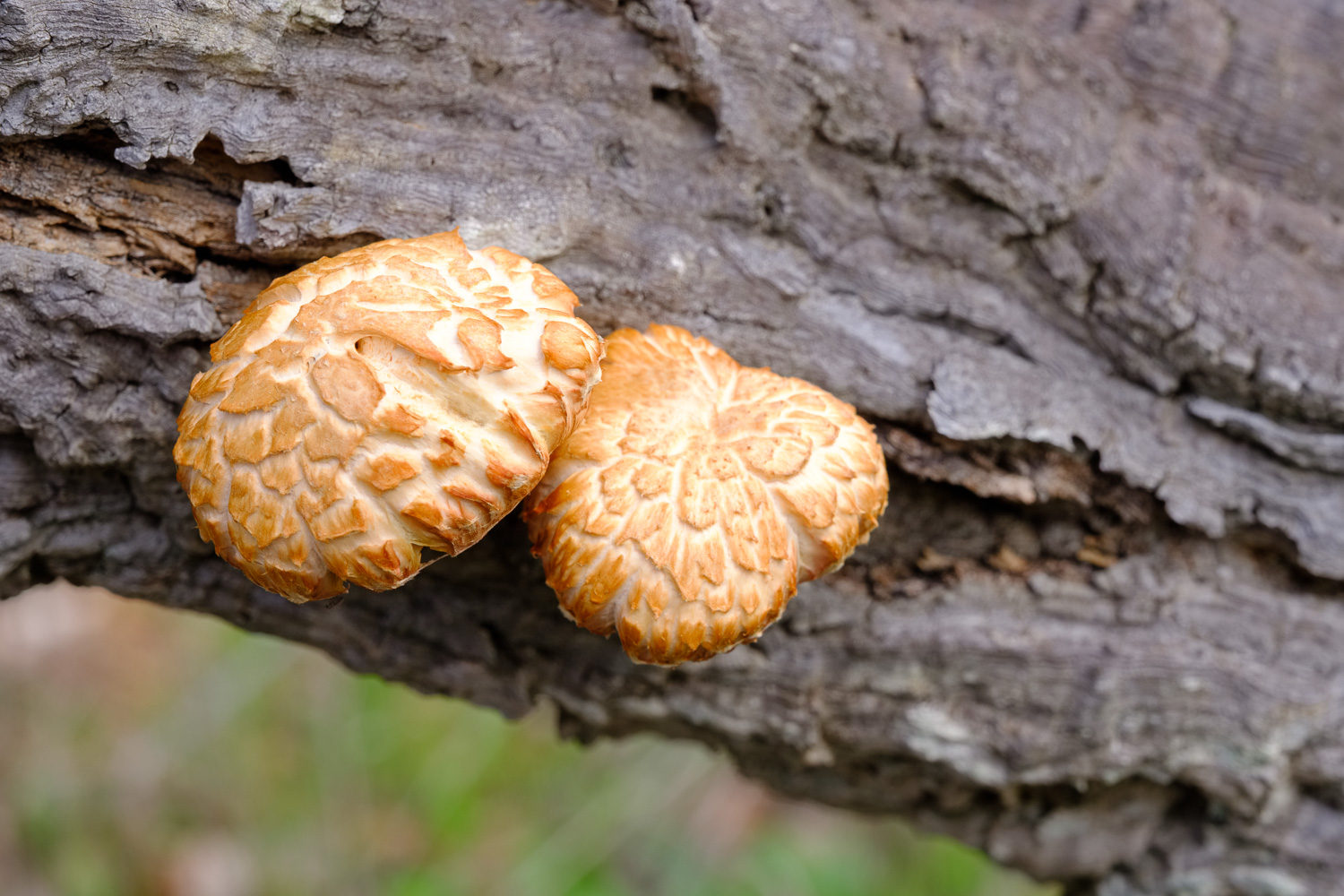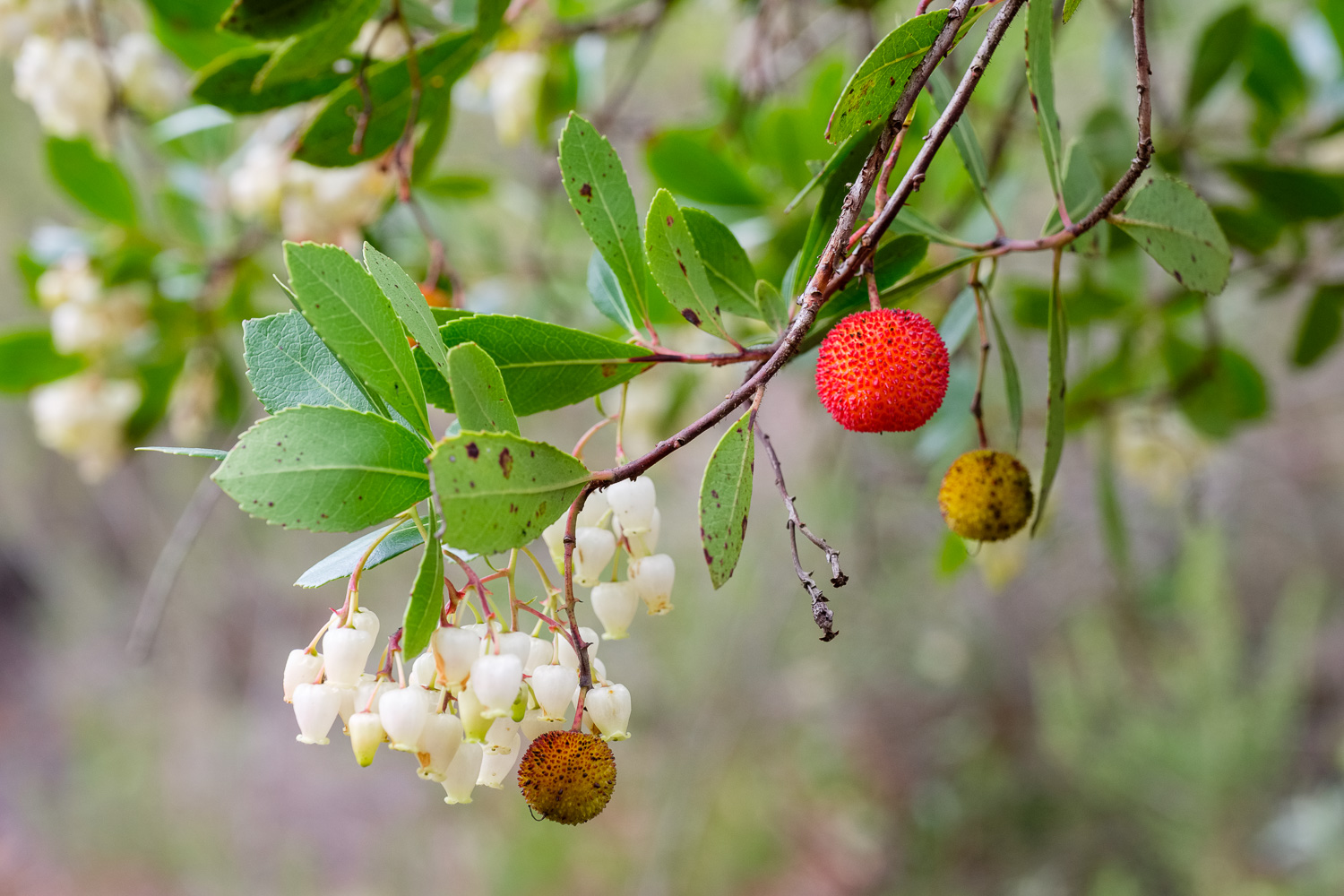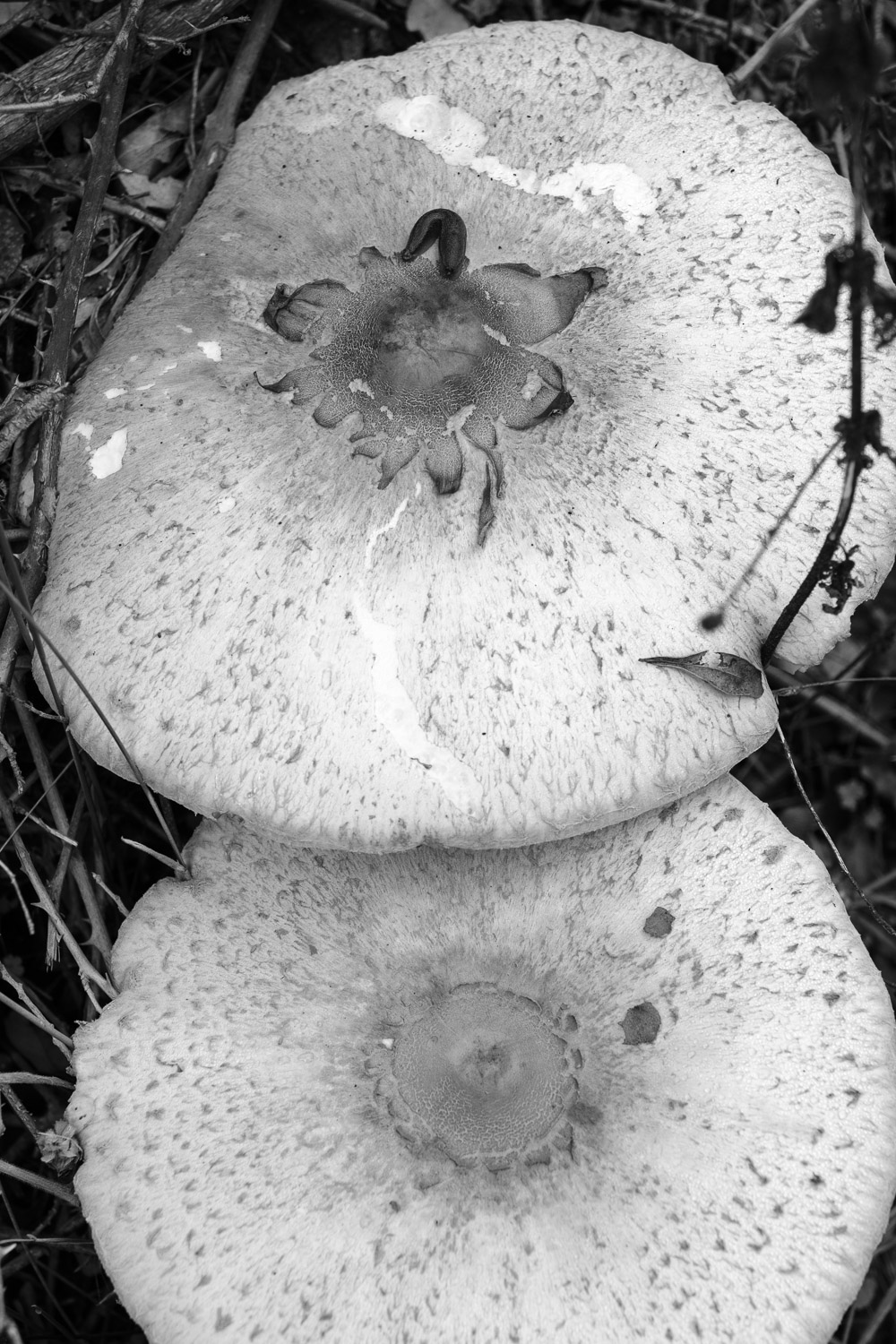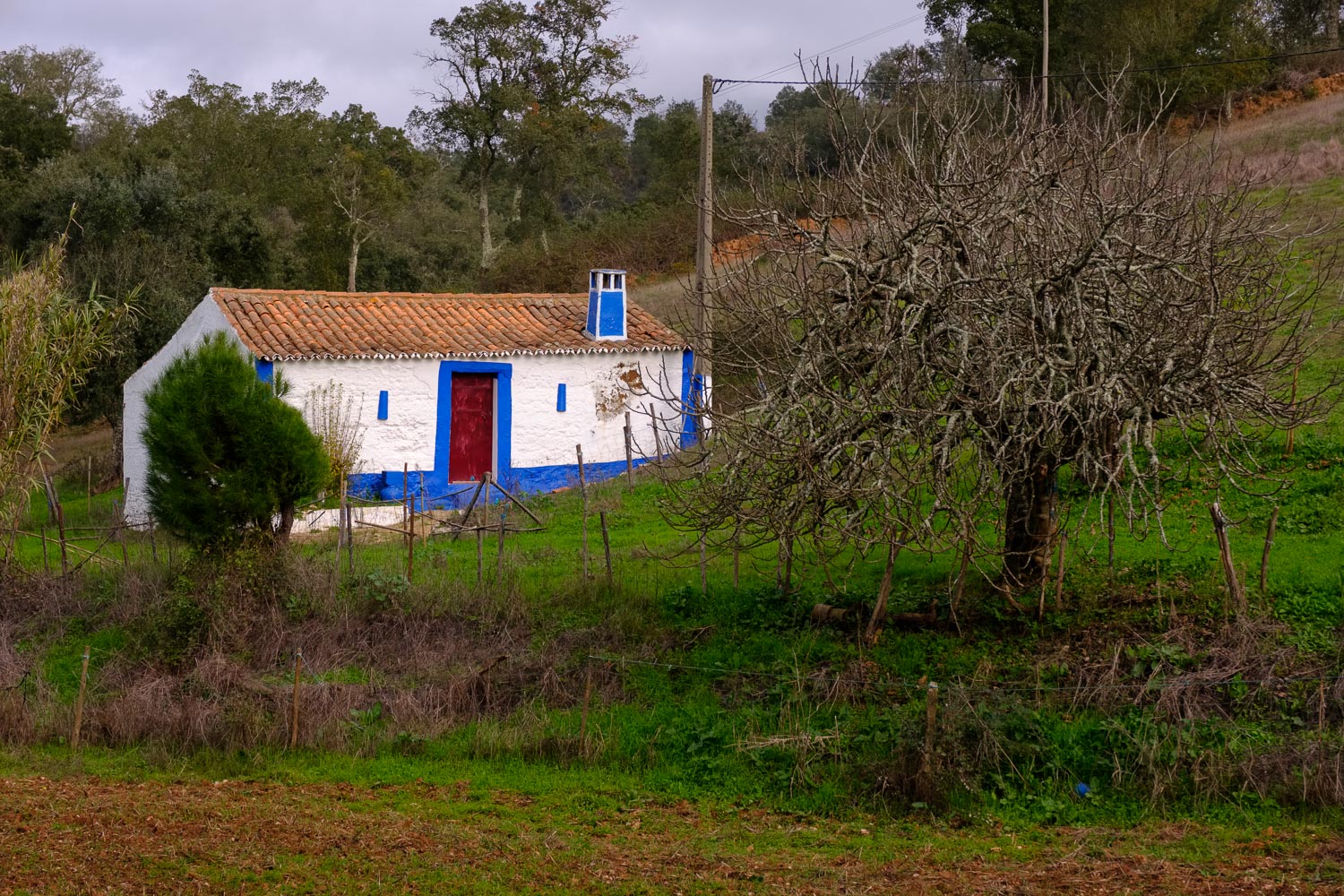A few days ago my wife and I had the opportunity to hike along a recently inaugurated trail in the Odemira municipality. This trail is part of the Rota Vicentina, a network of 750 km of pedestrian routes, that includes several circular paths. Such is the case of this new trail, labelled as Nossa Senhora das Neves (Our Lady of Snow). For the logistical details, please visit the websites indicated at the end of the article.
This route of Nossa Senhora das Neves has a total length of 13 km, but there is the possibility of alternative and shorter distances, 8 km or 5 km. It crosses some of the most isolated and beautiful parts of this region, with a landscape that comprises fertile valleys and higher rocky hills. At the top of one of these hills, at around 200 m altitude, one can find the small chapel of Nossa Senhora das Neves, a quiet place that affords a 360-degree view of the surrounding area.
There are two recommended places to start the walk: one in the North near Ribeira do Seissal, and one on the South near Monte da Espada. I chose the latter because it is easier to reach via a municipal black top road that comes from the village of São Luis. Monte da Espada is a small and tranquil little village, really no more than several clustered houses and farms. From here, you will be walking in a northerly direction, along a dirt road. During the first kilometers, the road follows alongside agricultural fields, with abundant cork oak trees – some are very old and magnificent, attaining large sizes – fruit trees, and grazing cattle. This is the traditional combination that supports much of the local economy and population; unfortunately, it is being replaced by more intensive mono-culture of eucalyptus and pine trees, which provide a faster profit, but are also riskier in terms of preventing forest fires. Make sure you do not miss the well of Vale Figueira, on the right hand side of the path – it is part of several springs, tanks, and wells, that collect the water. In this well, you can read the verses written by the people to show their gratitude for such a gift of life.
In between the hills, lie fertile lands where rare plants can be found, such as the Centaurea vicentina, endemic to the region. All year round, many plants bloom in the fields. Winter is a good time to see two rare plants, the Portuguese heath (Erica lusitanica) and the tree heath (Erica arborea). After the recent rains, the land is green, and the weather was cooperative, with the sun peaking behind the persistent morning haze. The walking routes in the interior are less popular than the coastal ones, so we saw no other trekkers during the entire day. This results in a truly unique experience, with a complete communion with nature. The silence is only interrupted by bird song, the rustling of the wind in the trees, or by the cows and sheep.
After about 3 km, the path reaches Figueirinha, a place that is a rural tourism house. For those wanting a respite from the hustle and bustle of modern life, this is a perfect location to spend a few days exploring the region. We say hello to the owner, who was tending to the small orchard, and continue our walk. Reaching the northern end of trail, we turn right, and take a deep breath, before starting the steep climb towards the chapel. This can be seen from a distance, as it is perched on the top of a hill. After a few twists and turns, we reach the top, and stop for a well deserved rest. The small chapel is very simple, and next to it there is a wooden platform erected around a large tree, with a few shaded benches and tables. The legend says that the Virgin Mary once appeared on this hill, so the people built a little chapel at the bottom of it. However, one day the stones miraculously showed up at the top, so that is where the chapel ended up being finally built. There are also some older remains from what is likely a settlement from the Middle Ages. A special place no doubt.
After passing the chapel, the path turns southwards, winding up and down across successive hills, until it finally reaches a wonderful valley that is full of the famous Arbutus tree, or Medronheiro. The fruit of this tree has been used for a long time to make an alcoholic liqueur, or aguardente de medronho. Some local companies use it to make chocolate sweets filled with this famous aguardente. Between October and November, the trees are in bloom, but we found a lot of them already bearing the conspicuous orange and red fruits. I can assure you that it is also quite tasty simply picked from the trees.
After a restful picnic lunch, we continued our walk, now descending to a flatter terrain, again crossing small farms scattered along the valley. In this part of the trek, we came upon the largest mushrooms we have ever seen, some reaching 30 cm in diameter. By then, the weather was closing in on us, with some heavy clouds and light rain, but soon we saw Monte da Espada again, marking the end of our trek.
Of course, I took many photos along the way, some of which I am sharing here. I am starting to assemble a portfolio of the landscapes of Odemira’s interior, for a possible exhibit in 2020. But at the end of the day, I was quite happy to have discovered such a beautiful part of this region.
